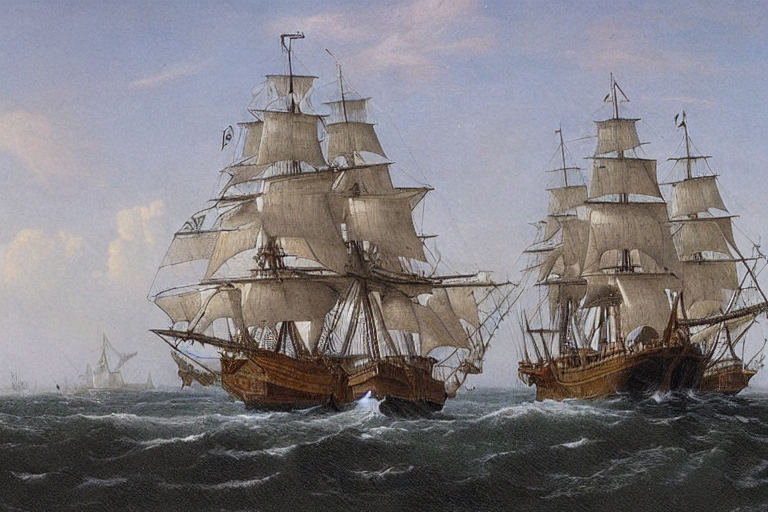Humans have had a long love affair with sugar. Babies are exposed to it early in life through the sugar in their mother’s milk. It has helped us evolve in harsher environments by providing us with both a quick energy boost, as well as an indication of the freshness of food, when bitter and sour foods were often those which were toxic to us. Sugar is so central to our sense of well being, that the word has become synonymous with all that is good in life – we say things like “she’s so sweet” and we affectionately call our partners “sugar”.
Yet our opinion of sugar has suddenly changed. Dietitians, researchers, and government agencies are now warning us to cut back on this commodity that has become so woven into our food supply. We are told that sugar has now been linked to obesity, Alzheimer’s disease, diabetes, and hyper- tension. It may seem like an abrupt reversal to suddenly shun a substance that we have been consuming and treasuring for several millennium, yet the sugar that we have know for so long bears little semblance to the sugar the we consume today. Refined sugar and its inclusion into our daily diet is only a recent phenomenon that is the result of centuries of experimentation and engineering. In fact, it is only in the last 100 years that refined sugar has become a major part of our diet, and it is this fact that may help to explain our body’s inability to properly handle this substance – it simply hasn’t had long enough to adapt.
The human drive to acquire sugar is well documented throughout history. A 10,000 year old cave painting in Spain shows a risks assumed by a sugar craving man who perilously attempts to gather honey from the stump of a tree while bees begins to swarm him.
The five ambrosias was a dish made by the ancient Hindus and thought to be descended from the gods. It consisted of sugar, milk, yogurt, honey, and clarified butter. The sweet taste of it and other similar dishes had an appeal that crossed all nationalities and religions. Early European crusaders who entered the Middle East in the 11th century came across sugar cane and could not get enough of it. They brought it back to Europe where it quickly become a highly prized commodity, used in only preciously small quantities to add exotic flavor to dished and make medicinal remedies more palatable. Much like luxury cars are used to demonstrate wealth today, sugar became the proof of wealth in high society then.
As the commodity’s value rose, so did it’s connection to misery, exploitation, and environmental destruction. Following the fall of Constantinople to the Ottoman Empire in 1453, access to sugar ceased as trade routed to Asia were cut off. It was at this time that Christopher Columbus set off to the West in search of new routes and riches. On his second landing in North America, he planted sugar cane which could not be grown in the European climate, creating the first plantation, and forever binding sugar with the history of slavery.

